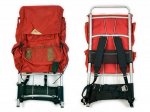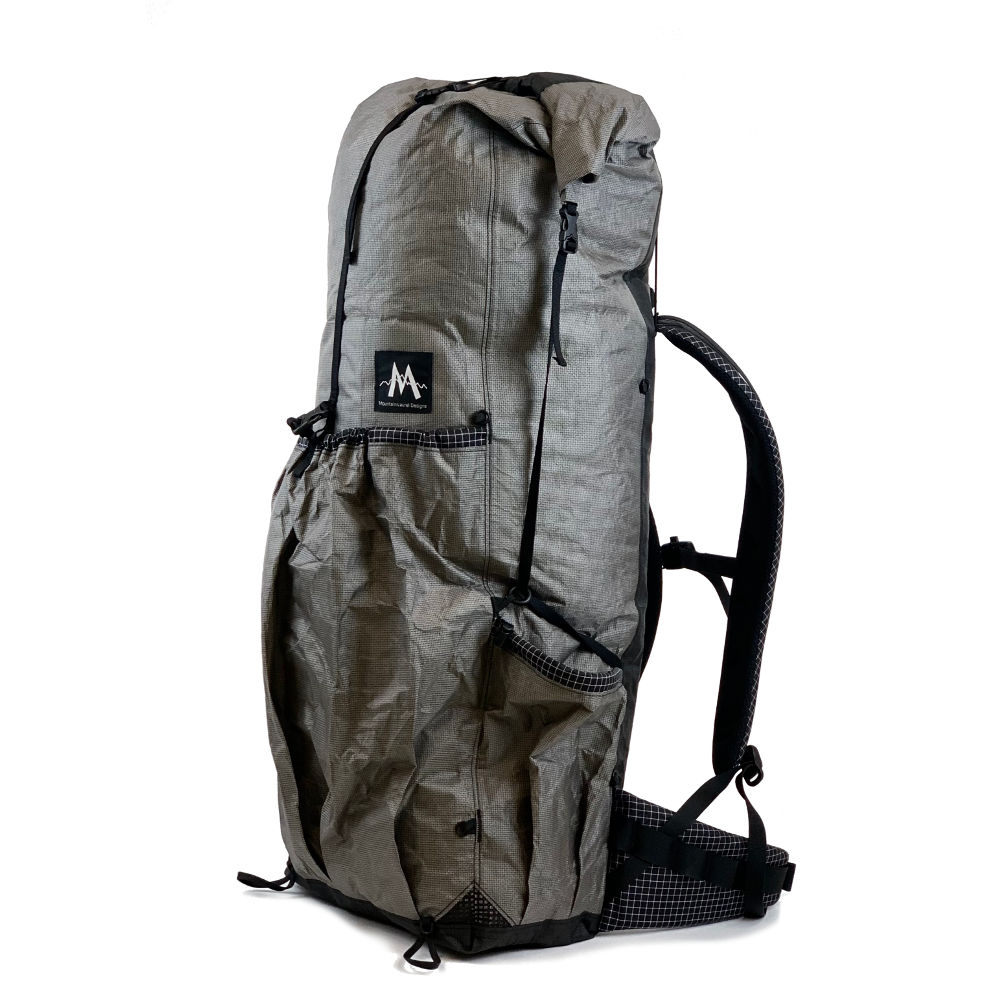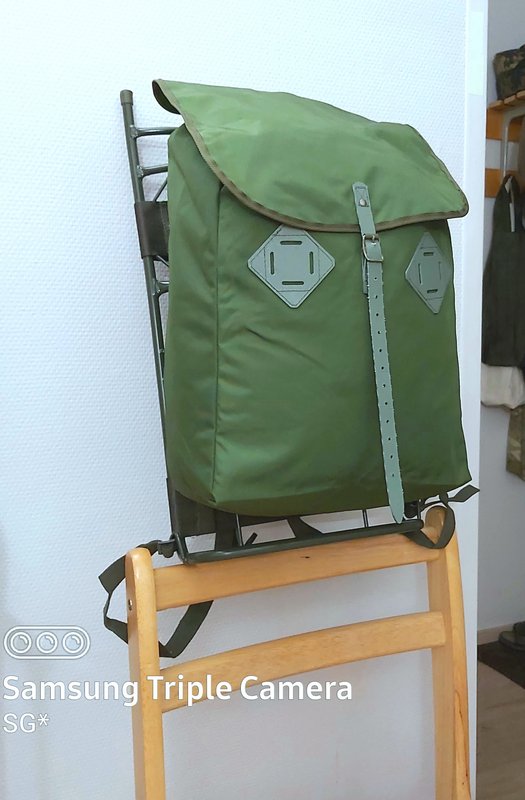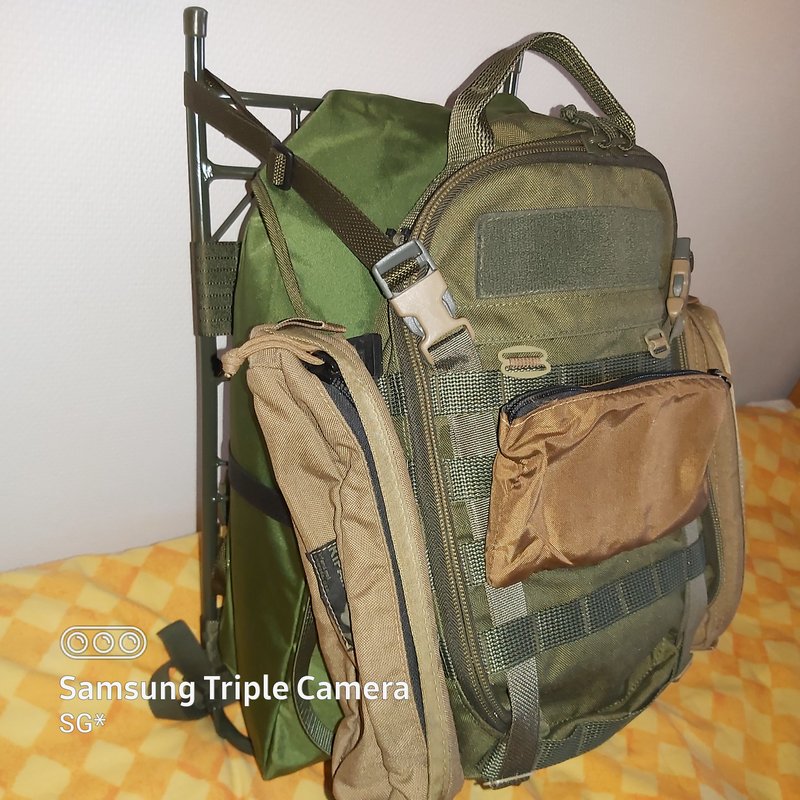I’ve just watched a horror film with some campers on the Appalachian Trail.
The film isn’t the point, and to be fair and not really sure of the point of the film, however one of the people were carrying a Kelty pack from the 70’s and wonder why no one uses them now.
So does anyone still use them or like many things, have they been replaced by modern materials and ideas.

The film isn’t the point, and to be fair and not really sure of the point of the film, however one of the people were carrying a Kelty pack from the 70’s and wonder why no one uses them now.
So does anyone still use them or like many things, have they been replaced by modern materials and ideas.





